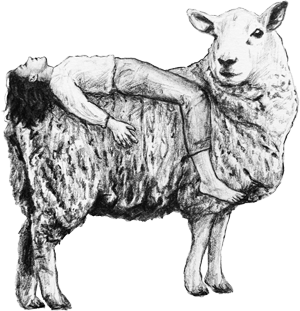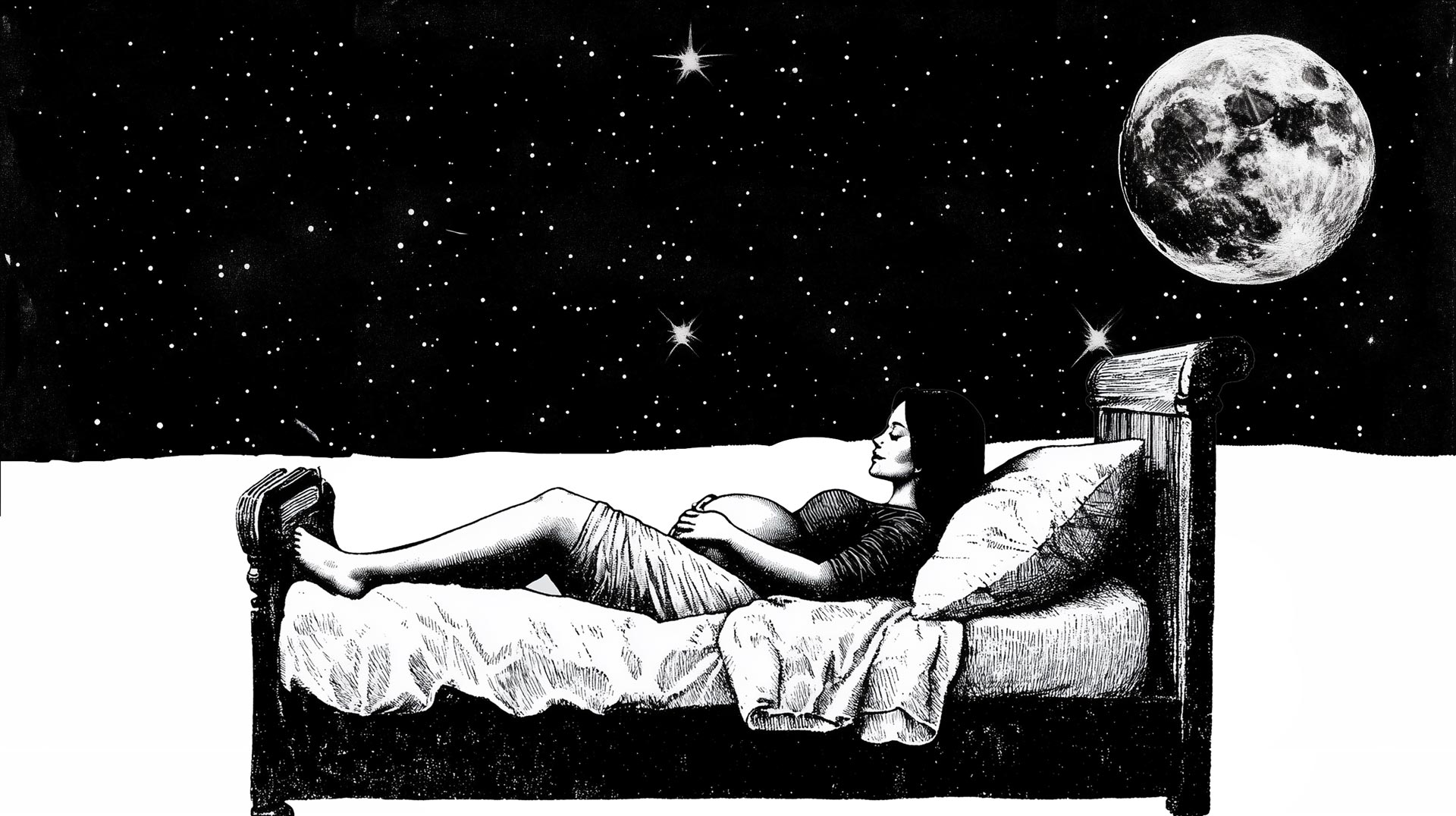I’m sorry. I must disappoint you. The answer to the question of the healthiest sleeping position is: It depends on…
I know. Not what I was hoping for either. A straight one solution fits all answer would have been much nicer.
But it makes sense. I mean think about it. Everyone has his own pain points. If you’re a man you are statistically more likely to snore, if you’re a woman you could be pregnant, and so on. All those factors influence what sleeping position would be best for you.
But don’t worry, it’s not rocket science. There are just a couple of aspects which each sleep position has going for itself and why it might be just the one for you.
In this Article we will cover:
What Is the Healthiest Sleep Position?
The healthiest sleeping position in considered to be the one which supports the natural alignment of your spine, neck, and hips. This proper sleeping position reduces pressure on your joints and muscles, allowing for optimal blood flow and reduced tension.
Now here is your one solution fits all answer. For most people, sleeping on their back is often considered the best posture for sleep. This position helps to evenly distribute weight and prevents unnecessary strain on the spine, neck, and hips. However, not everyone finds this position comfortable, and individual preferences can vary.
But there are also cases in which back sleeping is not the one for you
Snoring and Sleep Apnea: Back sleeping can worsen snoring and sleep apnea. It causes the tongue and soft throat tissues to collapse, which blocks airflow and makes breathing difficult.
Pregnancy: In later pregnancy, back sleeping can compress major blood vessels. This reduces blood flow to the heart and fetus. Left-side sleeping is a better option during this stage.
Lower Back Pain: Although back sleeping can ease pressure on the spine, it may worsen lower back pain by exaggerating the curve in the lower back for some individuals.
Acid Reflux: Back sleeping can aggravate acid reflux by allowing stomach acid to flow into the esophagus.
Best Sleep Position for Pregnancy
Sleeping comfortably during pregnancy can be difficult, especially in the second and third trimesters. Many pregnant women experience issues like side sleeper hip pain or shoulder pain from sleeping and increased lower back discomfort.
These problems come from the extra weight and changes in the body’s shape as the baby grows. Sleeping on your back can cause shortness of breath and dizziness for you. And it can even reduce blood flow to the baby because of pressure on major blood vessels.
That’s why the best position to sleep during pregnancy is on the left side. It helps improve blood circulation, making it easier for blood to flow to the placenta. It also takes pressure off your organs, such as your liver and kidneys. This helps them work better and reduces swelling in your legs and feet.
Benefits of Side Sleeping During Pregnancy:
- Reduces pressure on the lower back: Keeps your spine aligned and prevents back pain.
- Improves blood flow to the fetus: Ensures your baby gets plenty of oxygen and nutrients.
- Reduces dizziness and nausea: Prevents blood vessel compression, which can cause circulation problems.
If side sleeping causes you discomfort, try placing a pillow between your knees and another under your belly for support. This helps create a proper sleeping position for pregnancy, relieving the strain on your hips and shoulders. These small adjustments can make a big difference in how comfortable you feel at night.

Best Sleep Position for Back Pain
Back pain is one of the most common complaints related to poor sleep posture. The best pose to sleep if you suffer from back pain is often on your back, with a pillow under your knees to maintain the spine’s natural curve. This can help relieve pressure on the lower back and distribute weight evenly.
If you’re a side sleeper with back pain, you can still maintain a good sleeping position by placing a pillow between your knees. This keeps your hips, spine, and pelvis in alignment.
Avoid sleeping on your stomach if you have back pain, as it tends to arch the lower back unnaturally and can worsen discomfort.

Best Sleep Position for Neck Pain
Waking up with neck pain from sleeping is a common issue for a lot of people. But there is help. The best lying position for you with neck pain is on the back with a supportive pillow that keeps the head in line with the spine. A pillow that is too high or too low can strain the neck muscles and lead to stiffness.
For those who prefer side sleeping, ensure to use a pillow which fills the gap between your neck and shoulder. Keep in mind that sleeping on your stomach often leads to twisting of the neck, which can aggravate pain. For a stomach sleeper, switching positions may be beneficial if neck pain persists.

Side Sleeper: Right Side vs. Left Side
Side sleeping is one of the most common sleep positions. It is well-regarded by sleep experts and researchers. When done correctly, it can support the natural alignment of the spine, help reduce snoring and improve overall sleep quality.
So which side is better to sleep on? Experts agree that sleeping on the left side gives you more benefits. Here’s why:
- Improved Digestion: Sleeping on your left side aligns your stomach and intestines in a way that enhances digestion.
- Heart Health: This position can ease the workload on your heart.
- Reduces Acid Reflux: Lying on your left side helps prevent stomach acids from flowing back into the esophagus, reducing heartburn.
However, side sleeping can sometimes lead to side sleeper shoulder pain or hip discomfort. To minimize this use:
- A firm pillow under your head to keep your neck aligned.
- A pillow between your knees to help keep your hips aligned.
- Switching sides can help prevent shoulder and hip pain from constant pressure.
Sleeping on Your Stomach
Stomach sleepers tend to place excess strain on their lower back. This is due to the position flattening the natural curve of the spine. It also forces the neck into an awkward position. So, it can lead to both, neck and back pain. That’s why it’s often seen as one of the least recommended positions by sleep experts
If you’re a stomach sleeper and find it hard to change, try this:
- Placing a thin pillow under your pelvis to support the spine’s curve. This reduces strain on the lower back and helps improve your posture while sleeping.
- Use a thin pillow under your head, or none at all. This helps you to avoid twisting your neck.
However, the ideal position to sleep is on your back or side. Gradually transitioning to one of those can improve your sleep and reduce pain in your back and neck.
Frequently asked questions (FAQs)
What is the best sleep position for snoring?
The best position for reducing snoring is sleeping on your side. This helps to keep the airways open by preventing the tongue and soft tissues in the throat from blocking the airway.
What are the best sleep positions for sleep apnea?
For sleep apnea, side sleeping is also recommended because it can help keep the airways open. Some people find relief with sleeping on their stomachs, too. Elevating the head using pillows or an adjustable bed can further help in reducing sleep apnea symptoms.
What is the best sleep position for hip pain?
Sleeping on your back with a pillow under your knees can help alleviate hip pain by maintaining proper alignment and reducing pressure on the hips. If you prefer side sleeping, placing a pillow between your knees can keep your hips aligned and relieve pressure.
How to fall asleep on your back?
To comfortably fall asleep on your back, ensure your spine is aligned by using a supportive pillow under your head and another under your knees. This setup helps maintain the natural curve of your spine. Keep your arms relaxed at your sides to avoid putting pressure on your shoulders.
Conclusion
Generally speaking, you should either sleep on your back or side. Those positions support the natural alignment of your spine, neck, and hips. If you have any special conditions or pains, there is an ideal position for you. It will help you wake up well rested and pain-free or at least with less pain.
Now let us know your favorite sleep position and how long you struggled with finding it.
